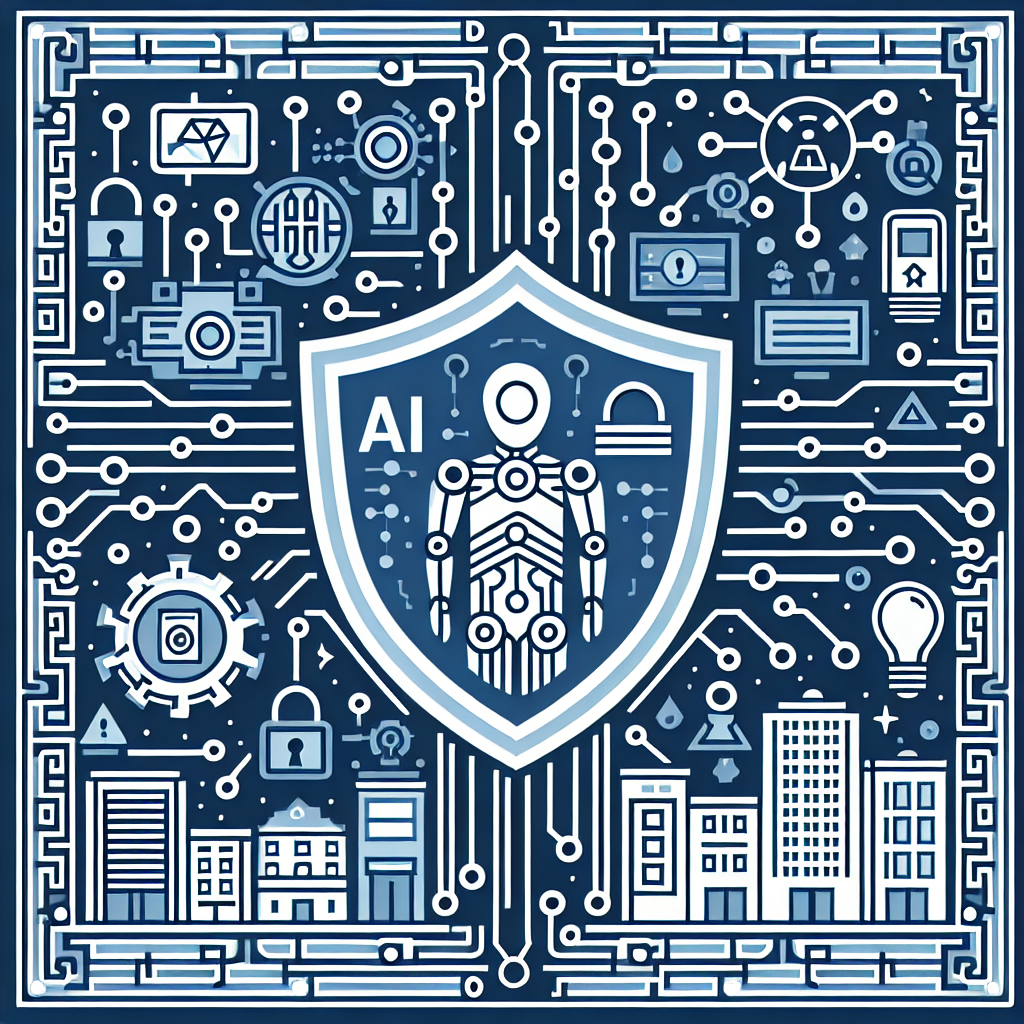The Role of AI in Improving Public Safety
In recent years, artificial intelligence (AI) has made significant advancements in various industries, including public safety. AI has the potential to revolutionize the way law enforcement agencies and emergency responders operate, leading to more efficient and effective responses to emergencies and crimes. From predictive policing to real-time facial recognition, AI is transforming the landscape of public safety in unprecedented ways.
One of the key ways in which AI is improving public safety is through predictive policing. Predictive policing uses AI algorithms to analyze historical crime data and identify patterns and trends that can help law enforcement agencies predict where crimes are likely to occur. By leveraging this data-driven approach, police departments can allocate their resources more effectively and deter crime before it happens. This proactive approach to policing has been shown to reduce crime rates in cities that have implemented predictive policing programs.
Another important application of AI in public safety is real-time facial recognition. Law enforcement agencies can use AI-powered facial recognition technology to quickly identify suspects and locate missing persons. This technology can help police officers apprehend criminals more quickly and prevent crimes from occurring. However, the use of facial recognition technology has raised concerns about privacy and civil liberties, prompting debates about the ethical implications of its use in law enforcement.
AI is also being used to improve emergency response systems. For example, AI algorithms can analyze emergency calls and prioritize them based on the level of urgency. This can help dispatchers send the appropriate resources to the scene more quickly, potentially saving lives in critical situations. Additionally, AI-powered drones can be deployed to survey disaster areas and assess the extent of the damage, allowing emergency responders to coordinate their efforts more effectively.
In addition to predictive policing, facial recognition, and emergency response, AI is also being used to enhance cybersecurity and protect critical infrastructure. AI algorithms can detect and respond to cyber threats in real-time, helping to prevent data breaches and cyber attacks. Furthermore, AI can analyze vast amounts of data to identify vulnerabilities in critical infrastructure, such as power grids and transportation systems, and recommend strategies to improve security and resilience.
Despite the many benefits of AI in public safety, there are challenges and concerns that need to be addressed. One of the main challenges is ensuring that AI algorithms are unbiased and do not perpetuate existing biases in the criminal justice system. For example, if historical crime data is biased against certain demographics, AI algorithms trained on this data may produce biased predictions and recommendations. It is essential for law enforcement agencies to be transparent about the data they use to train AI algorithms and to regularly audit and monitor their performance to prevent bias.
Another concern is the potential misuse of AI in public safety. For example, there are concerns about the use of AI-powered surveillance systems to monitor and track individuals without their consent. Privacy advocates argue that such systems could infringe on individuals’ civil liberties and lead to mass surveillance. It is crucial for policymakers to establish clear guidelines and regulations to ensure that AI technologies are used ethically and responsibly in public safety applications.
Despite these challenges and concerns, the role of AI in improving public safety is undeniable. AI has the potential to revolutionize the way law enforcement agencies and emergency responders operate, leading to more efficient and effective responses to emergencies and crimes. By leveraging AI technologies such as predictive policing, real-time facial recognition, and emergency response systems, public safety agencies can better protect communities and enhance overall security.
FAQs:
Q: How does predictive policing work?
A: Predictive policing uses AI algorithms to analyze historical crime data and identify patterns and trends that can help law enforcement agencies predict where crimes are likely to occur. By leveraging this data-driven approach, police departments can allocate their resources more effectively and deter crime before it happens.
Q: What are the ethical implications of using facial recognition technology in law enforcement?
A: The use of facial recognition technology in law enforcement has raised concerns about privacy and civil liberties. Critics argue that the widespread use of facial recognition technology could lead to mass surveillance and infringe on individuals’ rights. It is essential for policymakers to establish clear guidelines and regulations to ensure the ethical use of facial recognition technology in law enforcement.
Q: How can AI help improve emergency response systems?
A: AI algorithms can analyze emergency calls and prioritize them based on the level of urgency, helping dispatchers send the appropriate resources to the scene more quickly. Additionally, AI-powered drones can be deployed to survey disaster areas and assess the extent of the damage, allowing emergency responders to coordinate their efforts more effectively.
Q: What are some of the challenges and concerns associated with using AI in public safety?
A: One of the main challenges is ensuring that AI algorithms are unbiased and do not perpetuate existing biases in the criminal justice system. Additionally, there are concerns about the potential misuse of AI-powered surveillance systems to monitor and track individuals without their consent. It is crucial for policymakers to establish clear guidelines and regulations to ensure the ethical and responsible use of AI in public safety applications.

